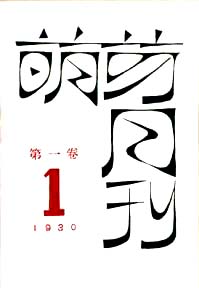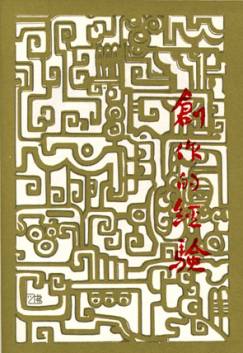
| Books
have a long history in China. The
earliest surviving books date to the Tang dynasty, and by the tenth
century Chinese printing was already a flourishing trade. Traditional Chinese book covers were usually string-bound
with a plain cloth cover. Decoration consisted primarily of a title
inscription by a calligrapher. By the beginning of the twentieth
century, however, Western style books with glued or stapled bindings were
common in China. The change to Western book formats was an important
step in the development of book design.
|
|||
|
What are some possible Chinese and foreign
influences in the figure on the 1926 cover to the left? |
|||
|
 |
How do you see artists experimenting with the graphic potential of Chinese characters in these two covers? What do you notice about the spatial organization of the cover on the right? |
 |
||||||
|
|
|||||||
|
Decoration on traditional Chinese book covers,
if any, was usually unrelated to the story.
An important change in the twentieth century was that covers
began to be thought of as an integral part of the book. Designs were conceived to complement content. Would you have been able to guess from this cover that the book is about depression? |
||||||||
|
||||||||
 The great boom in Chinese publishing in the early decades of the
20th century was due in part to a general increase in literacy, but also
to a growing middle class in search of leisure pursuits. In response
to the demand, publishing houses began to employ full-time designers.
The great boom in Chinese publishing in the early decades of the
20th century was due in part to a general increase in literacy, but also
to a growing middle class in search of leisure pursuits. In response
to the demand, publishing houses began to employ full-time designers.
